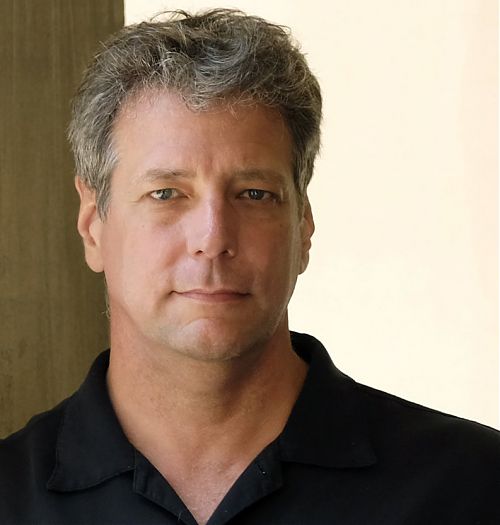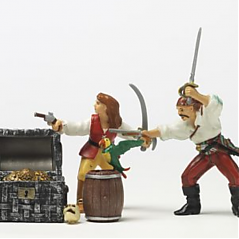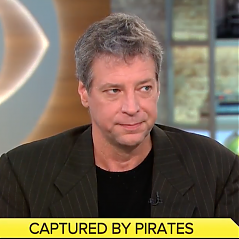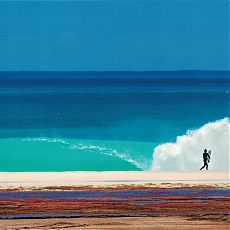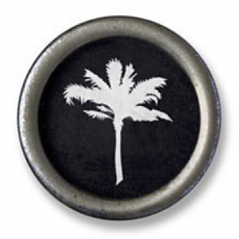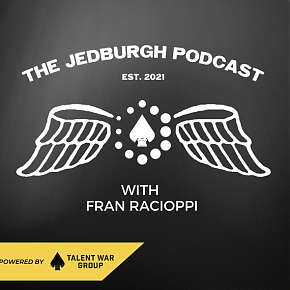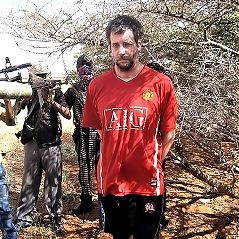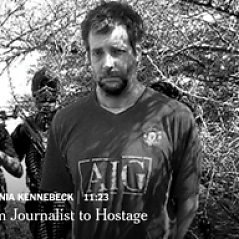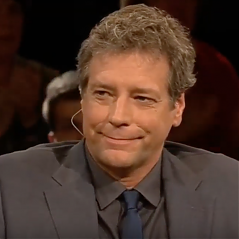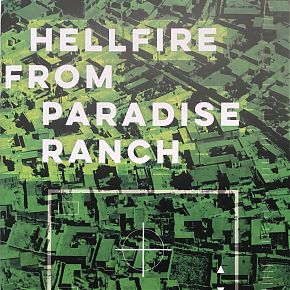Reviving Memory in a Killing Field
New monuments to the ill-remembered slaughter of Romanian Jews.
December 2008
As an 11-year-old boy, Alexander Bantush watched Fascist soldiers beat a Jewish fiddler in the village of Brichevo with sticks. They forced him to play his violin and dance barefoot on broken glass. The scene is so iconic of the Holocaust it might be from a war film, or a painting by Chagall, an image of the shtetl where the details fill in themselves. But the soldiers weren’t Nazis. Bantush is Moldovan, born in Romania, and the Romanian soldiers were acting on orders from their own dictator, Ion Antonescu, instead of Hitler.
This year a small organization in Moldova has been reviving memories about the Holocaust in a corner of Eastern Europe where it’s in danger of being forgotten. Nemurire, a nonprofit run by a local historian named Iurie Zargocha, has installed a number of stone monuments across the northern Moldovan countryside to commemorate the path of death marches and the sites of mass Jewish graves during World War II.
“You hear about the Holocaust on a mass-number scale, six million,” said Daria Fane, an officer at the US embassy in Moldova who has helped Nemurire. “But here it’s village by village.” Locals like Bantush, who remember watching the atrocities as children, are invited to speak at the ceremonies. “They’ve lived with these memories for years, and nobody cared,” said Fane. “It was taboo in the Soviet era.”
On Sunday, Nemurire dedicated its sixth Moldovan monument in Frasin, not far from Brichevo. It commemorated a death march that stopped here one day in 1941. Romanian soldiers decided to kill 300 of the Jews they were marching from the town of Edinet. They forced the prisoners to undress, and started pulling gold-filled teeth from their jaws with pliers while they were still alive, said Alexander Bantush, who gave a statement. Bantush isn’t Jewish, but for some Moldovans it’s a source of pride to distance themselves from official Romanian wartime policy.
“The Jews that lived in Brichevo were good people,” he said on Sunday. “I remember people sneaking milk to the Jews (who) marched through the village … People were risking their lives and gave the last milk they had.” He added, “The people of Frasin will respect this monument, will guard it and teach our children what ‘Holocaust’ means. The Jews were our friends and they deserve for this history to be known.”
Layers of History
Romania and the now-independent state of Moldova have suffered so much grim history since 1945 that the Holocaust is rarely discussed. But Romania was allied with Nazi Germany in the war. When the Nazis crossed through here to invade Russia in 1941, Romania took the opportunity to move its Jews to a region across the Dniester River, which now separates the Romanian-speaking part of Moldova from its Slavic part known as Transnistria. This ethnic-cleansing policy is one of the most ill-remembered chapters of the Holocaust.
“Once they had gotten a taste of the license which prevailed in the first days of the war (among the Germans),” writes Avigdor Shachan, a witness and historian of the Romanian Holocaust, in his book Burning Ice, “Romanian soldiers embarked on operations at their own initiative, engaging in murder and torture in every Jewish settlement which they passed.” Shachan quotes an address to the Romanian government by the country’s dictator, Ion Antonescu, who argued in favor of “expelling the Jews from Bessarabia and Bukovina (now, roughly, Moldova) to the other side of the border … There is nothing for them to do here and I don’t mind if we appear in history as barbarians.”
The result of this policy was a series of death marches behind the front line of German and Romanian soldiers. The number of dead and deported is impossible to determine, but a 2004 report by the Romanian government estimates the range at 280,000 to 380,000.
The Holocaust was taboo in post-war Romania because Jews weren’t remembered in official Soviet history as Hitler’s main victims: communists were. In Soviet history books, it was communists across Eastern Europe who helped Russia beat back the Nazis. A whole generation of Romanians were raised to believe they and their parents were heroes for participating in Russia’s great struggle with Hitler.
“These small countries don’t feel any responsibility,” said Judit Miklos, a Romanian living in Berlin, referring to Eastern Europe. “They were on the victim side (of history) … Small countries always have such a complex, and they use it as an excuse — that they always were part of the game of larger powers. The arguments tend in this direction in Romania.”
For Romania, the 2004 government report marked a tentative departure from consistent denial. Following mid-2002 statements by then-President Ion Iliescu to the effect that there had been no Holocaust in Romania — and the resulting outcry — a commission was appointed to look into the country’s World War II treatment of Jews. The 2004 report resulted, and on October 9 of that year, the country marked its first ever Holocaust Commemoration Day.
In Moldova, the process has been a different one. Between the world wars it was called the “Moldavian Republic,” but Romania always had claims on the land. Some Romanian soldiers who joined the Nazi invasion of Russia stayed behind in Moldavia as an occupying force. Later the Soviet army invaded, on its way to Germany, and until 1991 the region was called the Moldovian SSR.
“This whole country has a victim complex,” said Amy Dunayevich, an American Peace Corps volunteer who has helped Nemurire dedicate five monuments this year. “They were victims of the Soviet Union, and so there’s actually a joke out here that the best time in Moldova was when Romania left and before Russia came,” near the end of World War II. “That lasted like a month.”
Dunayevich said Moldovans had a largely untroubled relationship with local Jews. It was “separate, but peaceful,” she said. “So when Moldovans talk about Jews you don’t hear the hate.” Nevertheless, the Romanian Holocaust is “not something that they advertise. It’s not something they talk about in schools.”
Iurie Zagorcha and his wife started Nemurire in 2002. Zagorcha, who speaks no English, is Moldovan but not Jewish. He taught history during the Soviet era. “His grandparents hid Jews during the war and I think he feels it is his responsibility to speak for the victims who can’t speak for themselves,” Dunayevich said.
The monuments focus on “instances of mass murder” in the northern Moldovan district of Edinet, where the city of Edinet (pronounced “Yedinitz”) is located. Once 80 percent Jewish, the city was largely a ghetto during World War II. Now there are very few Jews in Moldova, and almost no one inclined to remember the Holocaust. In fact a day before the Nemurire ceremony, on November 29, a small group of right-wing Romanians staged an annual march in a forest north of Bucharest, with torches, to commemorate the leader of Romania’s Fascist paramilitary wing, the notorious Iron Guard.
“We talk a lot about tolerance but might not understand entirely what it means,” Zagorcha said at the Nemurire ceremony on Sunday, before about 70 people. “The children who are here today … can (now) understand what it means to be of different religions or nationalities but still be respectful to one another. These children will ensure that this monument will not be defaced and that it will continue to stand as a reminder of intolerance leading to horrific tragedy, and these children are our hope that this kind of tragedy will never happen again.”
Alexander Bantush said that on the day he remembered, in 1941, about 300 Jews were ordered to stand naked beside a trench. After the soldiers took their jewelry and pulled out their gold teeth, he said, they “began to push people, still alive, into the ditch … People were trying to climb out. Understanding they were being buried alive, they began to scream, ‘Kill us! Kill us!’ … The ground breathed, up and down — I had never seen anything like it in my life and wish for no one to ever see what I saw that day.”
The image of shifting, breathing soil also occurs in Burning Ice, which is the definitive history of the Romanian Holocaust. Live burial seems to have been a method in a number of mass graves, sometimes just to save ammunition. The image also appears in more than one witness account collected by Nemurire. “The ground,” as Dunayevich puts it, “was moving all over the north of Moldova in 1941.”
Michael Scott Moore
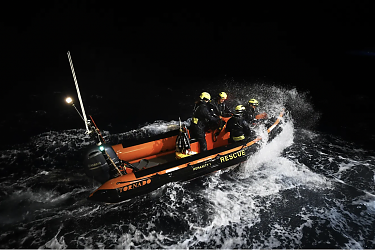
Rafts of the Medusa
Why every day on the Mediterranean is a new scandal for Europe. For both Foreign Policy and Die Zeit.
California’s Attempt at Land Reparations
How land seized from a Black family 100 years ago may be returned. The Bruce’s Beach story from a hometown angle, for The New Yorker
Day of the Oprichnik, 16 Years Later
The novelist Sorokin, the president Putin, his man Dugin, and the war in Ukraine. For n + 1.
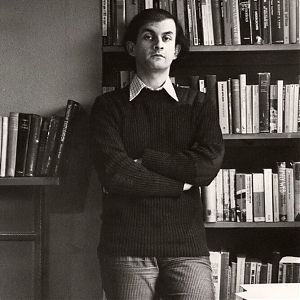
The Rushdie Narrative
Knife and the crumbling ground beneath free speech
There Must Be Some Way Out of Here
An essay on Bob Dylan, “All Along the Watchtower,” and Somali pirate captivity.
That Mystic Shit
The life of Lou Reed in two biographies
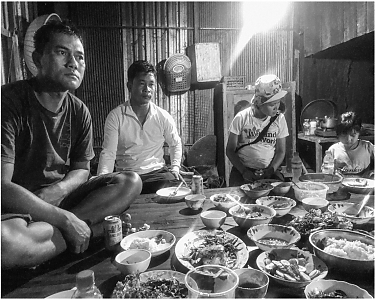
Cambodian Seafarers Talk About Pirates
Mike visits Cambodia for The New Yorker to talk about a harrowing shared experience in Somalia
The Muslim Burial
Cambodian hostages remember digging a grave for one of their own. A sequel chapter to The Desert and the Sea
The Real Pirates of the Caribbean
Adventure journalism in Southern California. A travel essay for The Paris Review.
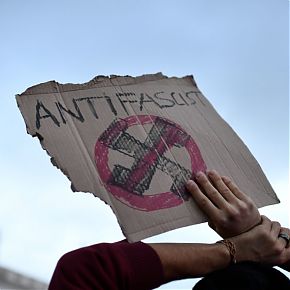
Antifa Dust
An essay on anti-fascism in Europe and the U.S., for the Los Angeles Review of Books
Was Hitler a Man of the Left?
A book that helped Republicans in America lose their damn minds.
Ghosts of Dresden
The Allied firebombing of Dresden in 1945 destroyed the baroque center of what Pfc. Kurt Vonnegut called, in a letter home from Germany, “possibly the world’s most beautiful city.”
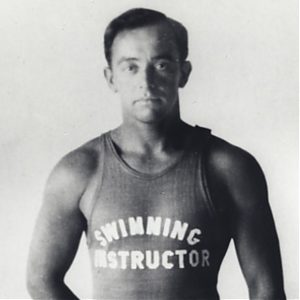
George Freeth, Biographed
The first academic treatment of America’s surf pioneer. Also, was Freeth gay?
It’s Called Soccer
Americans live on what amounts to an enormous island, defended on two shores by the sea, and we’ve evolved a few marsupial traditions that nobody else understands.
Tilting at Turbines (in the Severn River)
The morning was clear and cold, with frost on the church steeple and the cemetery grass. I had a quick English breakfast at a white-cloth table, in my wetsuit, and drove to Newnham, a village on the Severn River in Gloucestershire, parking near the White Hart Inn.
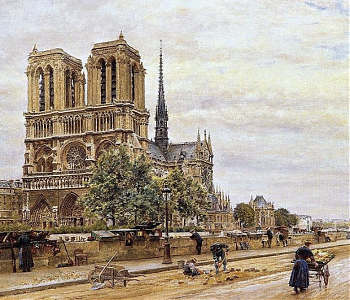
The Curse of El Rojo
I’d packed the car lightly — a bag of clothes, a bag of cassette tapes, a backpack of books, a few essential tools.









